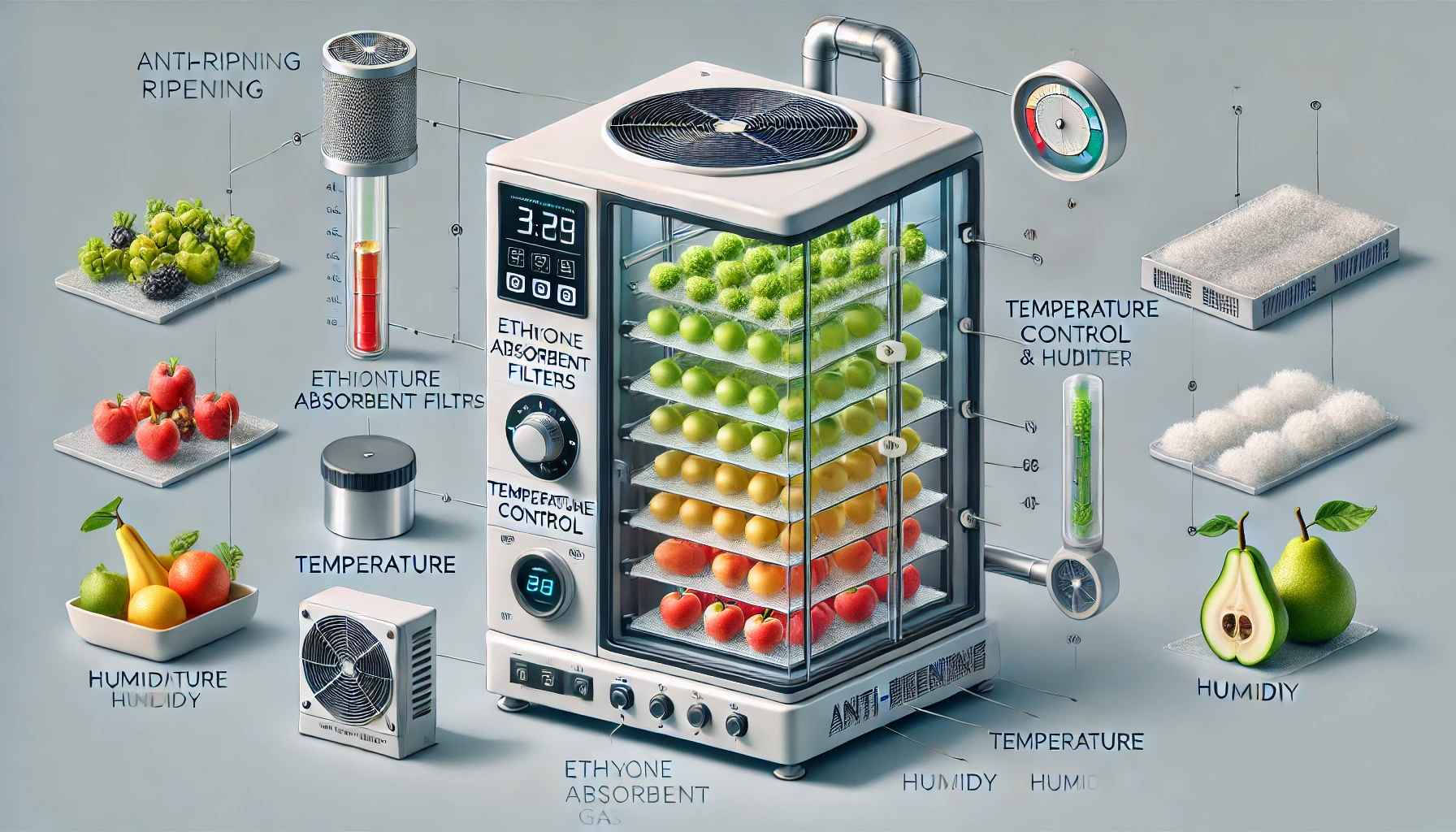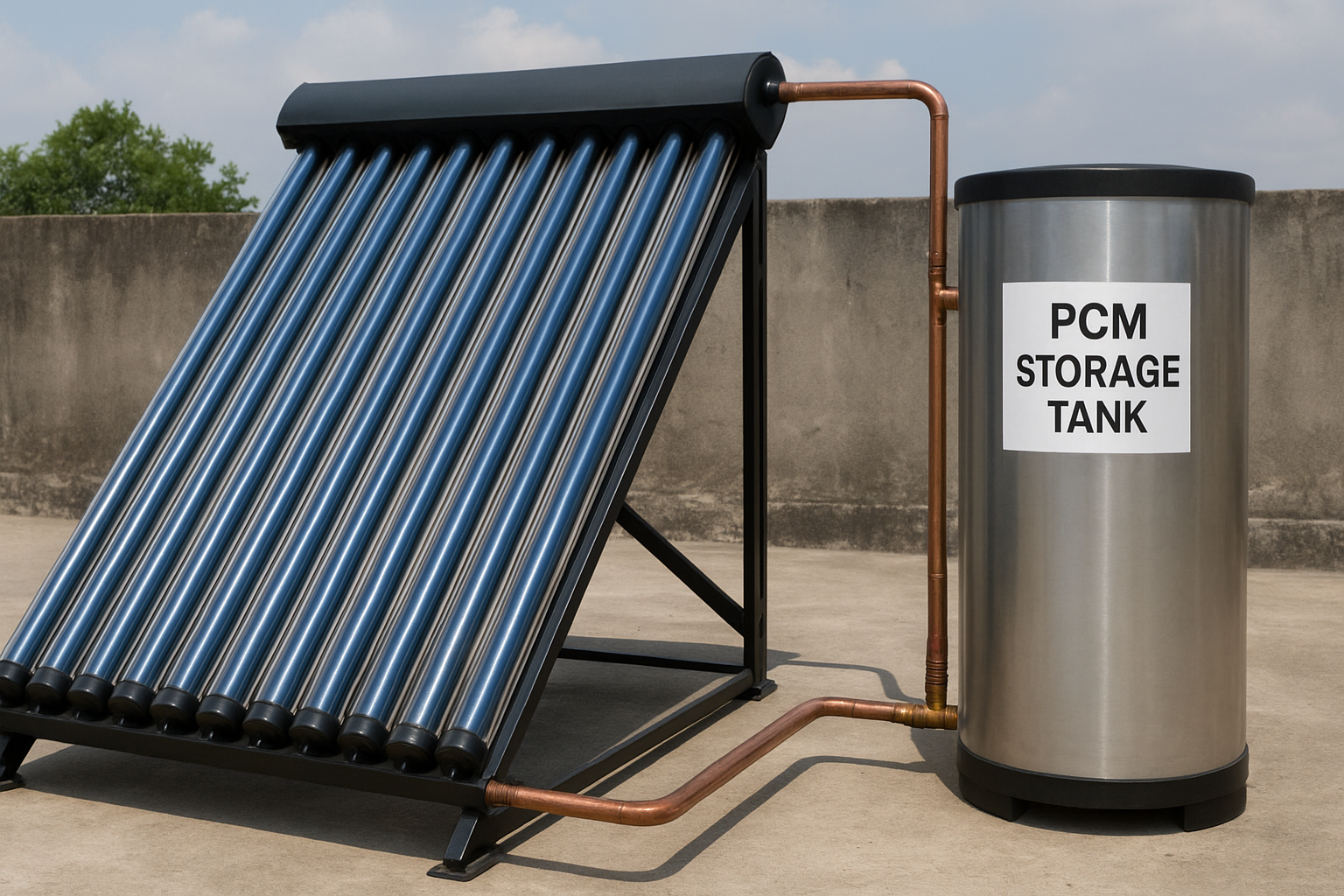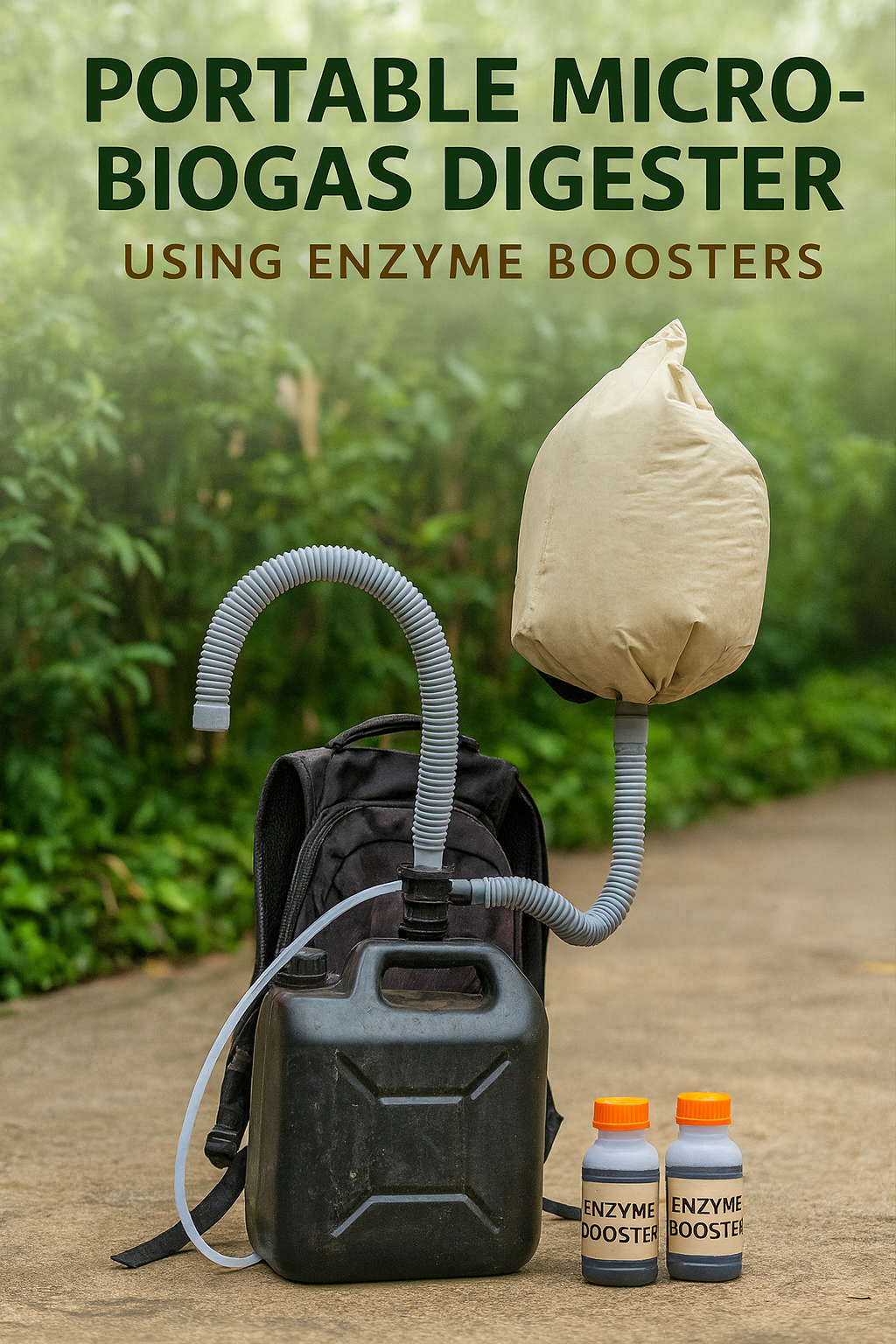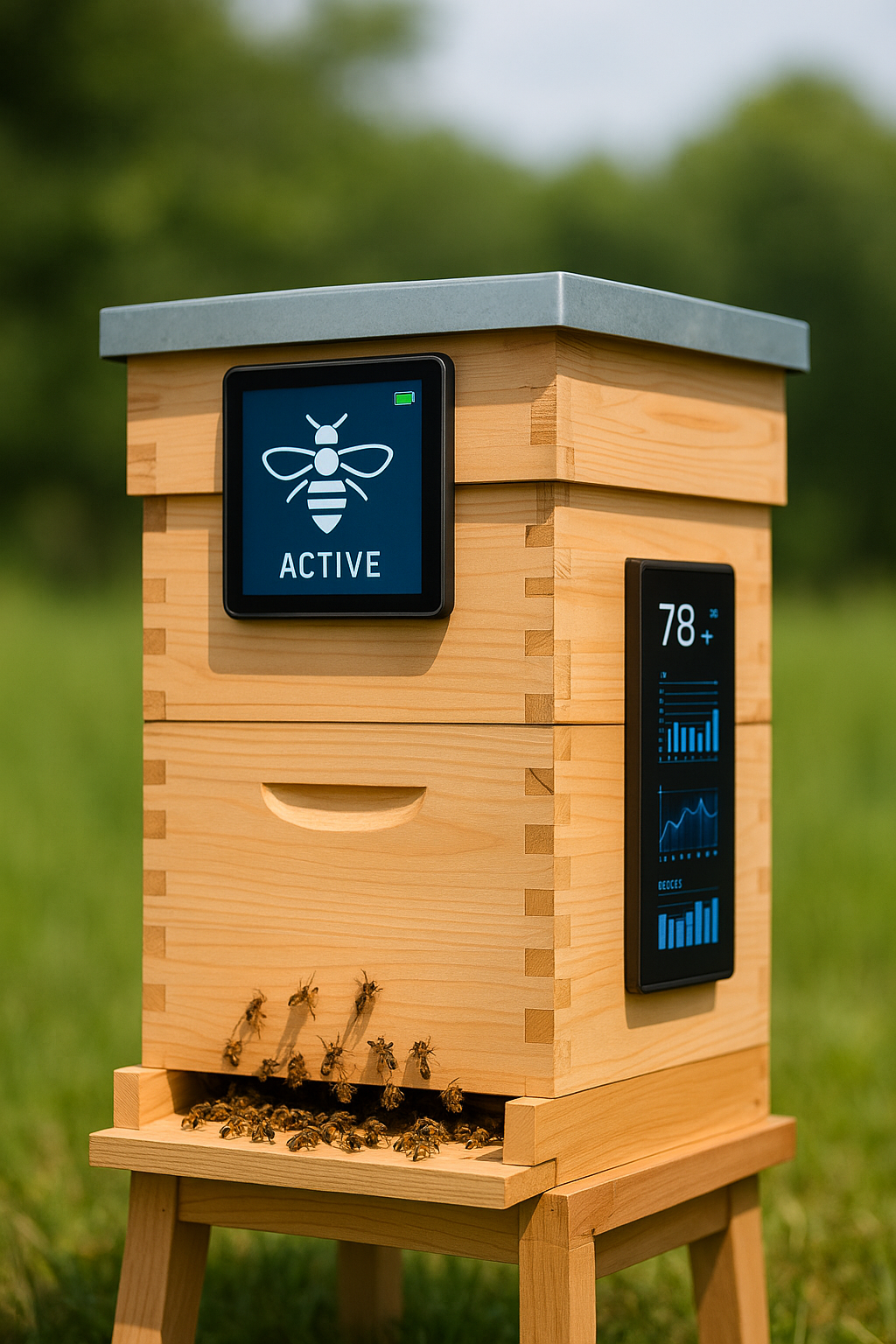
Introduction:
Fruit and vegetable spoilage due to over-ripening is a major issue in agriculture and food distribution. Ripening is accelerated by ethylene gas, a natural plant hormone, which triggers changes in texture, color, and flavor. Reducing or delaying ethylene exposure can significantly extend the shelf life of produce. This project focuses on designing an anti-ripening machine that regulates ethylene levels and environmental conditions to slow down the ripening process. This device can be beneficial for farmers, distributors, and retailers to reduce waste, improve profitability, and ensure fresh produce for consumers.
Abstract:
This project aims to develop an anti-ripening machine that extends the freshness of fruits and vegetables by regulating ethylene gas and optimizing storage conditions. The machine combines ethylene absorbent materials, temperature control, and humidity regulation to create an ideal environment for slowing down ripening. Testing on various produce items demonstrated the machine’s effectiveness in extending shelf life, maintaining freshness, and minimizing spoilage. The project has potential applications across supply chains, reducing food waste and enhancing food quality.
Materials:
- Ethylene Absorbent Materials:
- Activated carbon or potassium permanganate filters to absorb ethylene gas.
- Temperature Control System:
- Thermoelectric cooler or refrigeration unit to maintain optimal temperature for slow ripening.
- Humidity Control:
- Humidifier and dehumidifier to regulate moisture levels.
- Sensors:
- Ethylene gas sensor for monitoring ethylene concentration.
- Temperature and humidity sensors for environmental monitoring.
- Air Circulation Fan:
- Small fans to distribute air evenly within the chamber.
- Microcontroller:
- Arduino or Raspberry Pi for system control and data monitoring.
- Storage Chamber:
- An insulated container or box to store the produce while maintaining controlled conditions.
- Display Screen:
- LCD display for real-time monitoring of temperature, humidity, and ethylene levels.
- Power Supply:
- Battery or power adapter for continuous operation.
Procedure:
- Setting up the Storage Chamber:
- Use an insulated container to create a controlled environment. Install air circulation fans to ensure even distribution of air inside the chamber.
- Installing Ethylene Absorbents:
- Place activated carbon or potassium permanganate filters near the produce storage area to absorb ethylene gas.
- Temperature and Humidity Control:
- Install a thermoelectric cooler to maintain low temperatures, and add a humidifier/dehumidifier to control moisture levels.
- Connect temperature and humidity sensors to monitor the chamber’s internal conditions.
- Ethylene Gas Monitoring:
- Install an ethylene sensor and connect it to the microcontroller to monitor gas concentration. Program the microcontroller to activate the ethylene absorbent fan when levels are too high.
- Microcontroller Integration:
- Connect the temperature, humidity, and ethylene sensors to the microcontroller, which controls the entire system. Set up the LCD display to show real-time data on environmental conditions.
- Testing and Calibration:
- Place produce inside the chamber and run the machine, adjusting settings to achieve optimal storage conditions for delayed ripening.
Results:
The anti-ripening machine successfully delayed the ripening process in tested produce such as bananas, tomatoes, and avocados. By controlling ethylene concentration, temperature, and humidity, the machine extended the freshness of fruits by 30-50% longer than typical storage conditions. Temperature and humidity settings were adjusted based on the specific produce requirements, and the ethylene absorbents effectively maintained low ethylene levels within the chamber. Overall, the machine reduced spoilage and preserved the appearance, texture, and nutritional quality of the produce.
Analysis:
The anti-ripening machine demonstrates that managing ethylene levels and optimizing environmental conditions can effectively slow down the ripening process. Temperature control played a crucial role in slowing metabolic activity, while humidity regulation prevented dehydration. Ethylene absorbents reduced the internal gas concentration, and the air circulation ensured even distribution of conditions. The results suggest that this approach can significantly benefit post-harvest storage and transportation, enhancing freshness while minimizing waste.
Conclusion:
This project successfully created an anti-ripening machine that can extend the shelf life of fruits and vegetables by controlling ethylene levels, temperature, and humidity. This solution can help reduce food waste and improve the availability of fresh produce. Future improvements could focus on customizing settings for different types of produce, increasing the machine’s energy efficiency, and making it scalable for larger storage facilities. With further development, this technology has the potential to positively impact food supply chains and improve sustainability in food management





